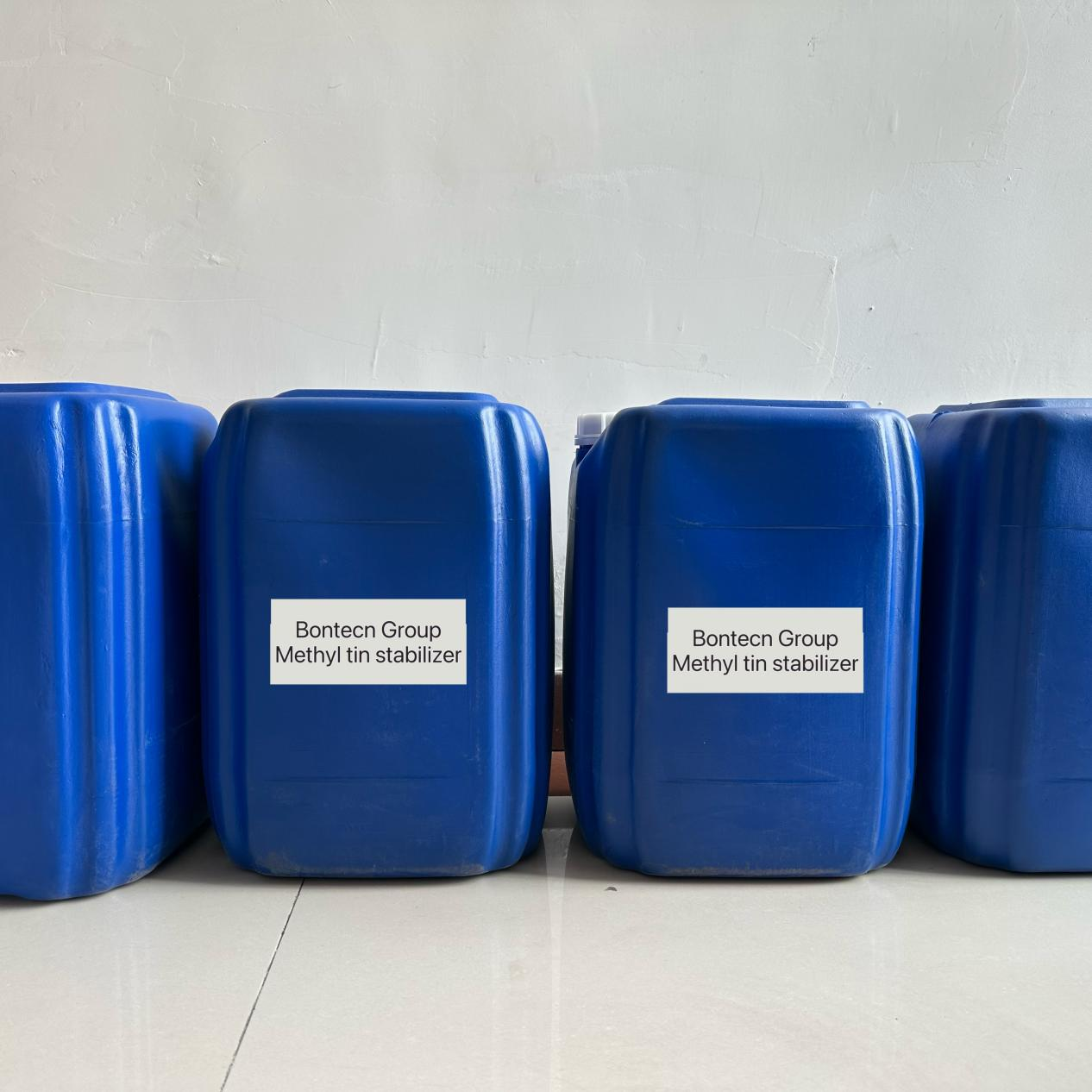The synergistic effect of organic tin and powder calcium zinc stabilizers in polyvinyl chloride (PVC):
Organic tin stabilizers (thiol methyl tin) are a commonly used type of PVC heat stabilizer. They react with acidic hydrogen chloride (HCl) in PVC to form harmless inorganic salts (such as tin chloride), thereby preventing the accumulation of HCl and reducing the degradation and yellowing of PVC materials.
Powder calcium zinc stabilizer is a mixture of calcium and zinc salts, usually added in the form of fine powder to PVC. Both calcium and zinc ions have the ability to stabilize PVC. Calcium ions can neutralize the acidic substances produced in PVC and form stable calcium salt compounds. Zinc ions react with hydrogen peroxide (HCl) in PVC to form harmless inorganic compounds and prevent the accumulation of HCl.
When organic tin and powder calcium zinc stabilizers coexist in PVC, they can promote each other and improve the ability to treat HCl. Organic tin can provide additional neutralizing ability to degrade more HCl produced, while powdered calcium zinc stabilizers can provide more calcium and zinc ions, further preventing the accumulation of HCl. Through this synergistic effect, organic tin and powder calcium zinc stabilizers can enhance the thermal stability of PVC materials, improve their service life and performance stability.
It should be noted that the amount and proportion of organic tin and calcium zinc stabilizers need to be adjusted reasonably according to the specific requirements and usage environment of PVC products, in order to achieve the best synergistic effect. At the same time, it is necessary to pay attention to safety and environmental issues during use to avoid adverse effects on human health and the environment.
Post time: Nov-30-2023






